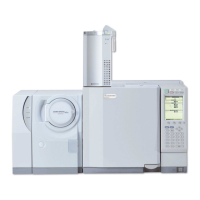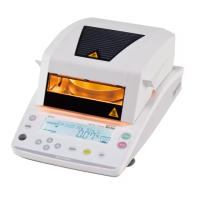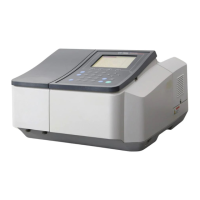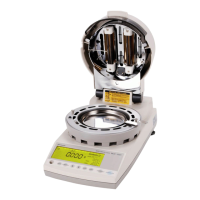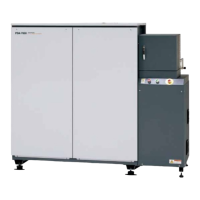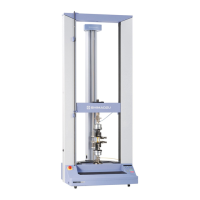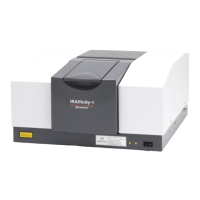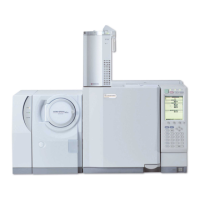
Do you have a question about the Shimadzu GCMS-QP2010 Series and is the answer not in the manual?
| Category | Gas Chromatograph Mass Spectrometer |
|---|---|
| Mass Spectrometer Type | Quadrupole |
| Software | GCMSsolution |
| Interface Temperature | Up to 350 °C |
| Ion Source | EI (Electron Ionization) |
| Mass Range | 1.5 to 1090 m/z |
| Scan Speed | 10, 000 u/sec |
| Data Acquisition | Scan, SIM |
| Data Acquisition Modes | Scan, SIM |
| GC Oven Temperature Program | Up to 20 ramps |
| Detector | Secondary Electron Multiplier |
| GC Compatibility | Shimadzu GC-2010 series |
| Dimensions (W x D x H) | 520 mm |
Describes the software programs that make up GCMSsolution.
Provides a visual overview of the GC/MS system operating procedure.
Step-by-step instructions for powering on the GC/MS system and its components.
Details the different areas and components within the GCMSsolution software interface.
Guides users on how to check the status of consumable items and maintenance parts.
Explains how to check and set the modules used for analysis within the GC/MS system.
Procedures for starting the vacuum system, essential for GC/MS operation.
Outlines the steps to detect and diagnose potential vacuum leaks in the system.
Details the process of autotuning the GC/MS system for optimal performance and calibration.
Instructions for creating data folders using the Data Explorer function.
Guides on setting instrument parameters and similarity search parameters for qualitative analysis.
Procedures for performing autotuning again if necessary under specific analysis conditions.
Describes how to create and execute batch files for sequential qualitative analysis.
Explains basic qualitative data processing, including displaying spectra and similarity search.
Covers using templates to create and output qualitative analysis reports.
Guides on analyzing standard samples and registering data for quantitative analysis.
Describes creating and executing batch files for sequential quantitative analysis.
Covers checking and correcting calibration curves and quantitation results.
Explains how to create and output quantitative analysis reports.
Procedures for safely shutting down the vacuum system of the GC/MS.
Step-by-step instructions for turning off the power to the GC/MS system.
Provides methods for accessing help documentation within the GCMSsolution software.
Explains how to use the Data Explorer function to easily load files and manage data.
General guidance on replacing consumable items and performing necessary maintenance.
Describes the Easy sTop feature for replacing consumables without stopping the vacuum system.
Details how to reset usage counters for consumables after replacement or cleaning.
Instructions for adjusting replacement frequency guidelines for septa and glass inserts.
Procedures for analyzing samples one-by-one using manual injection.
How to search the library for information related to target compounds.
Guides on displaying mass chromatograms using fragment tables.
Guides on displaying mass chromatograms derived from mass spectra.
Instructions for printing displayed window images as reports.
Methods for creating reports using predefined formats or previously saved templates.
Procedures for editing batch files while sequential analysis is in progress.
How to add new batch files to the queue for processing after the current batch.
Guides on creating method files to reduce carrier gas flow rate after analysis.
Explains how to use the ecology mode to reduce power and gas consumption during standby.
